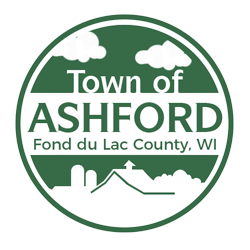From Wisconsin State Journal Further wind farm development in Wisconsin has been at a standstill while developers await new state standards for local government regulation of wind turbine sites. Wind-power capacity in megawatts Iowa 3,604 Minnesota 1,810 Illinois 1,547 Indiana 1,036 Wisconsin 449 Michigan 138 As recently as 2004, Wisconsin had more wind power generating capacity than Illinois. But by the end of 2009 Illinois had more than three times the wind power capacity of Wisconsin. That comparison shows how Wisconsin is falling behind its neighbors in the drive to use wind as a clean, renewable energy source — and a source of jobs and income. Wisconsin now has a chance to blow some life into its wind power industry by adopting new rules, proposed by the state Public Service Commission, on the siting of wind farms. Lawmakers should accept the PSC proposal. A chief reason for Wisconsin's becalmed wind power industry is a hodgepodge of local rules on where smaller wind farms can be sited. The hodgepodge has allowed a few opponents of wind farms to gain veto power over the state's energy policy. In practice, developers all too often find that when they apply to local governments to build turbines on specific sites, they are blocked by impossible-to-meet requirements put in place to satisfy opponents' overblown or misinformed concerns. Larger wind farms, over 100 megawatts in size, face no such local gauntlet. They go to one agency —- the PSC. The PSC rigorously reviews applications according to reasonable standards that protect public health and safety while permitting well-designed wind farms on appropriate sites. The PSC proposal for smaller wind farms would use a similar approach to establish a uniform ceiling of standards for local governments. Local governments would retain a large amount of authority to restrict wind farms. But the rules would specify how far local officials can go when they establish: • Noise limits. • Setbacks from residences, property lines, power and communication transmission lines and rights of way. • Shadow flicker limits to control the time that rotating turbines cast moving shadows on neighboring residences. • Good neighbor payments to compensate landowners who are within a half mile of the turbine but are not receiving payments given to owners of the land the turbine sits on. • Procedures to resolve complaints. • Requirements for notifying neighboring landowners of wind farm plans. Wisconsin's potential for wind power development is more limited than some of its neighbors. But the potential is significant, nonetheless. The state should put the PSC proposed standards into practice and take better advantage of its wind power opportunities. Posted in Editorial on Thursday, September 16, 2010 5:00 am Updated: 9:41 am. Wind Farm, Wind Power, Public Service Commission
